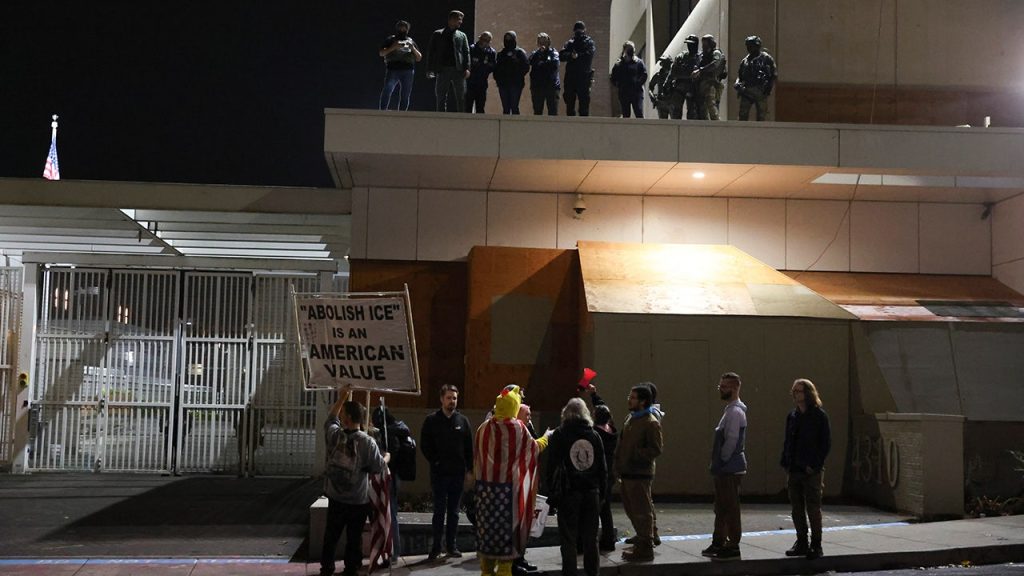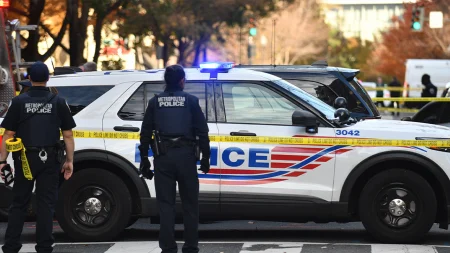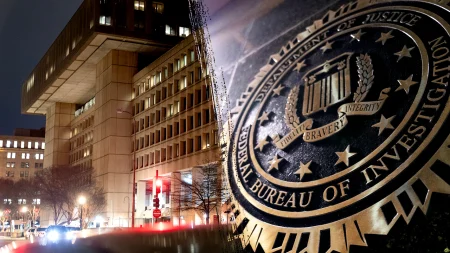Federal Immigration Officials Face Nightly Attacks in Portland
In the heart of Portland, Oregon, the local Immigration and Customs Enforcement (ICE) facility has become ground zero for a troubling pattern of nightly confrontations. For more than 100 consecutive nights, federal immigration officials have found themselves under siege, with violence escalating well beyond peaceful protest activities. Cammila Wamsley, director of Portland’s ICE office, paints a concerning picture of federal employees caught in the crossfire of political tensions, where local police response has been hampered by what she describes as political directives from city leadership. “I just can’t figure out what’s happening,” Wamsley expressed, visibly frustrated at watching her staff face danger while officers inside the building lack jurisdiction to intervene in street-level confrontations. “It’s frustrating for us to watch people be attacked on the street and know that we don’t have the authority to step in unless there’s some nexus to federal law.”
What begins each evening as conventional demonstrations with chants and signs transforms dramatically after nightfall. The facility has endured a barrage of bottle rockets, rocks shattering windows, lasers targeting officers’ eyes, and makeshift barricades blocking vehicle access. More concerning still are the personal attacks directed at ICE personnel. “Later, towards the evening and around dark, there are a lot of folks that come up dressed in all black,” Wamsley explained. “They are here to wreak havoc. They’ll block our cars, throw paint, damage property and even try to follow our folks home.” At least six employees have been “doxxed” – having their personal information publicly exposed – and some staff members report being followed to their residences. The situation can rapidly escalate, with crowds sometimes swelling from 50 to 1,000 people in just half an hour, potentially overwhelming the modest security force of around 20 officers typically present at the facility.
The apparent disconnect between federal immigration authorities and local law enforcement has complicated response efforts. According to Wamsley, Portland Police Department’s reactions have been inconsistent at best and non-existent at worst – a situation she attributes directly to city policy. “That is not the stance they would take six blocks from here, but it is the stance they take with us because of guidance from the mayor and city council,” she asserted. This creates a perilous gap in protection, particularly for incidents occurring outside or across the street from the federal building, where ICE officials lack jurisdiction and local police have been slow to respond. The situation exemplifies the tensions between federal immigration enforcement and local sanctuary policies, with ICE staff caught in the middle of a larger political debate playing out in real time on Portland’s streets.
Despite these challenges, Wamsley emphasized that ICE personnel remain dedicated to their mission. “The people that work here are here to serve the American public,” she said. “They are here to enforce the same immigration laws we’ve had in place since the 1950s. Nothing has changed in that regard. We come to work every day. We do our job the way we have been doing it, and we’ll continue to do that.” This commitment to duty in the face of nightly adversity speaks to the resolve of federal employees who see themselves as simply carrying out established laws, even as their work becomes increasingly politicized. Meanwhile, federal authorities are taking the organized nature of these protests seriously, with Todd Rignel, assistant special agent for Homeland Security Investigations in Oregon, indicating that multiple federal agencies are investigating Antifa-linked groups believed to be orchestrating much of the unrest.
The situation has escalated to such a degree that President Donald Trump announced plans to deploy 200 National Guard troops to Portland specifically to support immigration authorities near protest areas. This federal response comes in the context of rising concerns about targeted violence against immigration facilities nationwide. Just weeks before, on September 24th, an ICE facility in Dallas experienced a deadly attack when a gunman opened fire, killing two detainees and injuring another before taking his own life. Investigators reported finding shell casings marked with an “ANTI-ICE” message, underscoring fears that rhetoric around immigration enforcement has contributed to a dangerous environment for federal workers and those in their custody.
Portland’s ongoing demonstrations reflect broader national tensions surrounding immigration policy and enforcement. The city has long positioned itself as a sanctuary jurisdiction, limiting cooperation between local authorities and federal immigration officials. This stance has created friction between different levels of government, with federal employees like Wamsley caught in the middle. As protests continue night after night, the situation raises important questions about the balance between the right to demonstrate, the safety of public servants, and the complex interplay between local and federal authority. For the ICE employees who drive through those gates each morning, the political debate surrounding their work has become intensely personal, transforming their daily commute into a potential gauntlet of confrontation and their workplace into a focal point for one of America’s most divisive policy discussions.















